Probability Punnett Square Worksheet
Are you struggling to understand probability Punnett squares? Look no further, as this blog post is designed to help you grasp this essential concept. If you're a student or educator studying genetics or probability, this post is specifically tailored to provide you with a detailed understanding of Punnett squares and how they can be used to predict the outcomes of genetic crosses.
Table of Images 👆
More Other Worksheets
Kindergarten Worksheet My RoomSpanish Verb Worksheets
Cooking Vocabulary Worksheet
DNA Code Worksheet
Meiosis Worksheet Answer Key
Art Handouts and Worksheets
7 Elements of Art Worksheets
All Amendment Worksheet
Symmetry Art Worksheets
Daily Meal Planning Worksheet
What is a Punnett square?
A Punnett square is a diagram used to predict the possible genetic outcomes of a cross between two individuals. It shows all the possible combinations of alleles that can result from the mating of two organisms, helping to determine the likelihood of different genotypes and phenotypes in the offspring.
How is a Punnett square used in probability calculations?
A Punnett square is a diagram used in genetics to predict the likelihood of offspring inheriting certain traits based on the genotypes of the parents. It is used in probability calculations by representing all possible combinations of alleles that can occur when two individuals reproduce. By filling in the squares with the corresponding alleles, scientists can determine the probabilities of different genotypes and phenotypes appearing in the offspring.
What is the purpose of a Probability Punnett Square Worksheet?
The purpose of a Probability Punnett Square Worksheet is to help students understand and visualize the possible combinations of genes that can occur in offspring when two organisms with known genotypes are crossed, allowing them to calculate the probabilities of different genotypes and phenotypes.
How do you set up a Punnett square for a simple genetic cross?
To set up a Punnett square for a simple genetic cross, first determine the alleles for each parent trait (such as dominant and recessive). Then, write the alleles for one parent across the top of the square and the alleles for the other parent along the side. Fill in the square cells with the possible combinations of alleles from the parents, following the principles of Mendelian genetics. Finally, analyze the results to determine the probability of offspring inheriting certain traits from the parents based on the combinations of alleles in the Punnett square.
What are the possible genotypes and phenotypes that can result from a Punnett square?
In a Punnett square, the possible genotypes that can result are homozygous dominant (two dominant alleles), homozygous recessive (two recessive alleles), and heterozygous (one of each allele). The corresponding phenotypes that can result are for the dominant trait expressed in homozygous dominant and heterozygous genotypes, while the recessive trait is expressed in the homozygous recessive genotype.
How do you determine the probability of a specific genotype or phenotype occurring?
To determine the probability of a specific genotype or phenotype occurring, you can use Punnett squares for Mendelian genetics, calculating the probability of different combinations of alleles in offspring. For more complex traits or genetic interactions, you can use statistical models, population genetics principles, and bioinformatics tools to estimate the likelihood of a particular genotype or phenotype in a population. Experimental data, such as genotyping individuals or performing crosses, can also be used to verify predicted probabilities.
How can Punnett squares be used to predict the outcome of genetic crosses?
Punnett squares can be used to predict the outcome of genetic crosses by representing and organizing the different possible combinations of alleles from two parent organisms. By placing the alleles from each parent along the edges of a square and then combining them in the appropriate boxes, one can determine the probabilities of different genotypes and phenotypes in the offspring. This visual tool helps to show the potential outcomes of genetic crosses and the likelihood of certain traits being expressed in the offspring.
How does the law of independent assortment apply to Punnett squares?
The law of independent assortment states that alleles of different genes separate independently of one another during gamete formation. This means that the inheritance of one trait does not affect the inheritance of another trait. In Punnett squares, this principle is applied by considering each gene separately and determining all possible allele combinations that can result when gametes are formed. By treating each gene independently, Punnett squares allow us to predict the possible genotypes and phenotypes of offspring based on the combination of alleles from the parental gametes.
What are some limitations or assumptions of Punnett squares in predicting genetic outcomes?
One limitation of Punnett squares is that they assume genes assort independently, which may not always be the case due to genetic linkage. Additionally, Punnett squares do not account for factors such as gene interactions, epigenetics, or environmental influences on gene expression, which can impact genetic outcomes. They also do not provide information on the likelihood or probability of specific outcomes, as they only show possible gene combinations without considering genetic variation or randomness in inheritance patterns.
Can Punnett squares be used for non-genetic probability problems?
Punnett squares are primarily used in genetics to determine the probability of genotypes and phenotypes in offspring based on the traits of parental organisms. While Punnett squares are specifically designed for genetic problems, their concept of illustrating probabilities can be applied to non-genetic probability problems, such as predicting outcomes in events with multiple factors contributing to the result. However, their direct application to non-genetic problems may not be as straightforward or applicable as they are in genetics.
Have something to share?
Who is Worksheeto?
At Worksheeto, we are committed to delivering an extensive and varied portfolio of superior quality worksheets, designed to address the educational demands of students, educators, and parents.

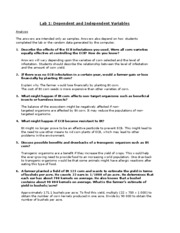



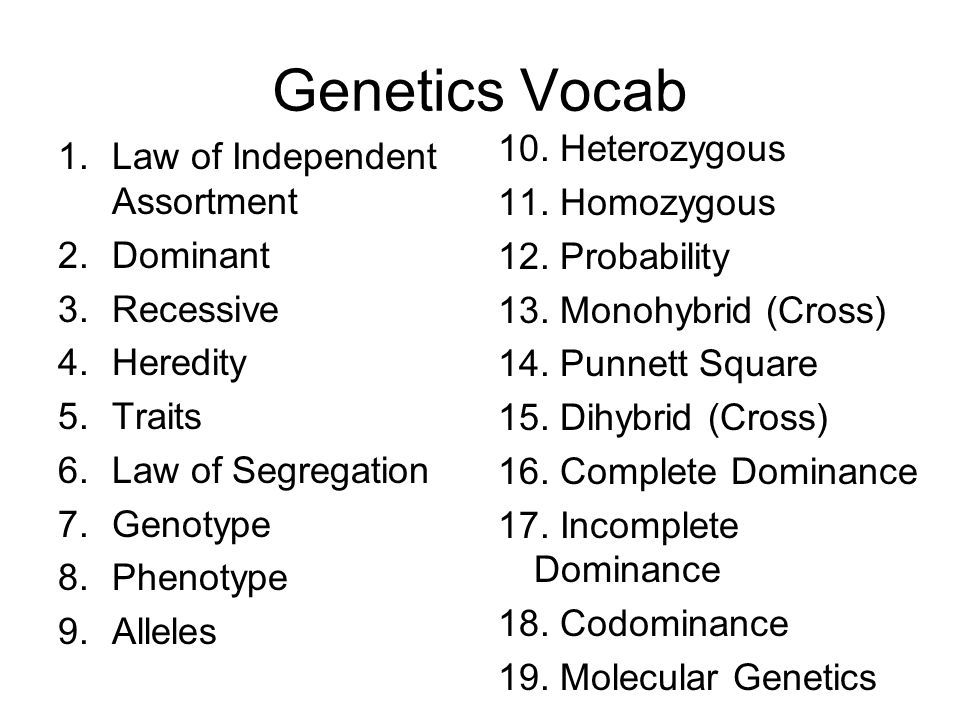
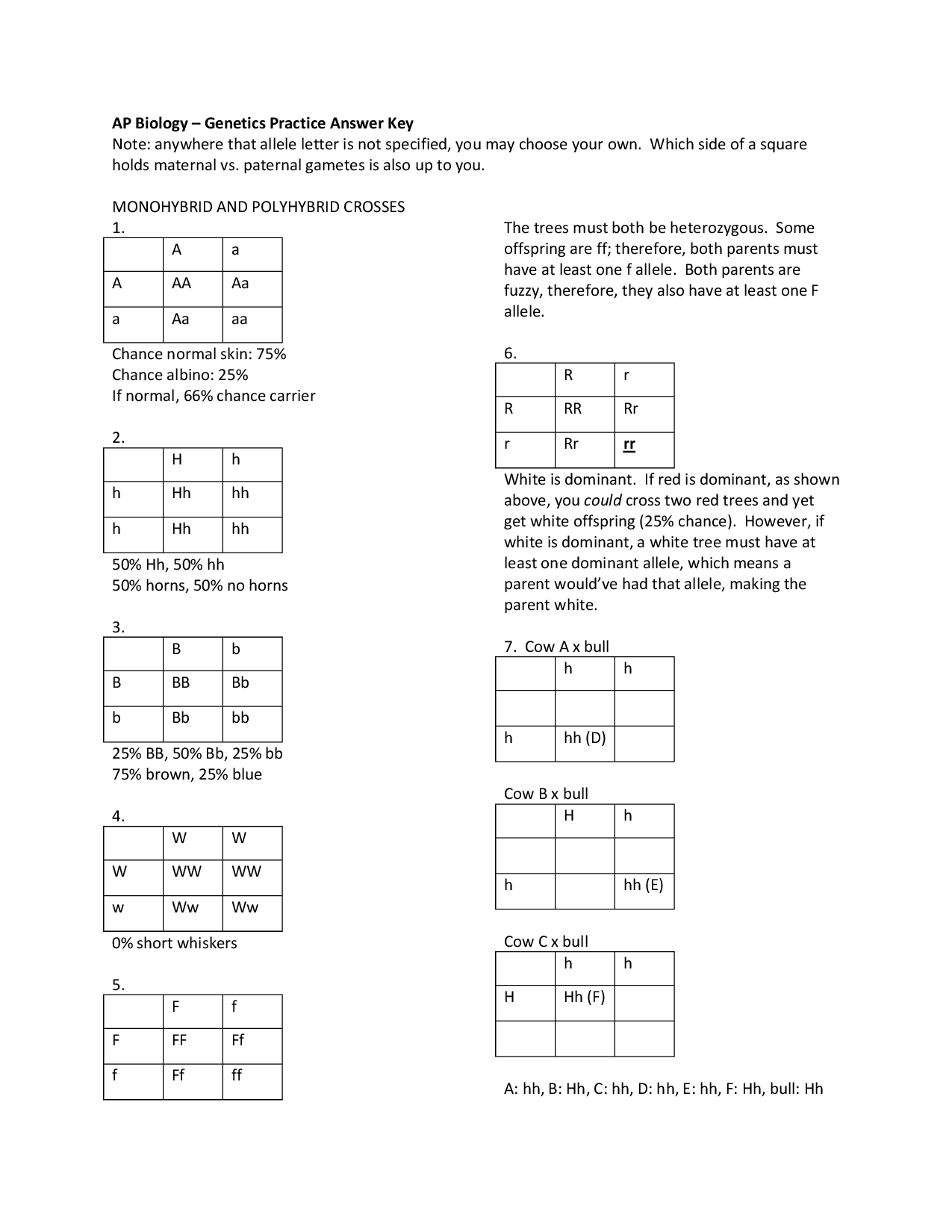
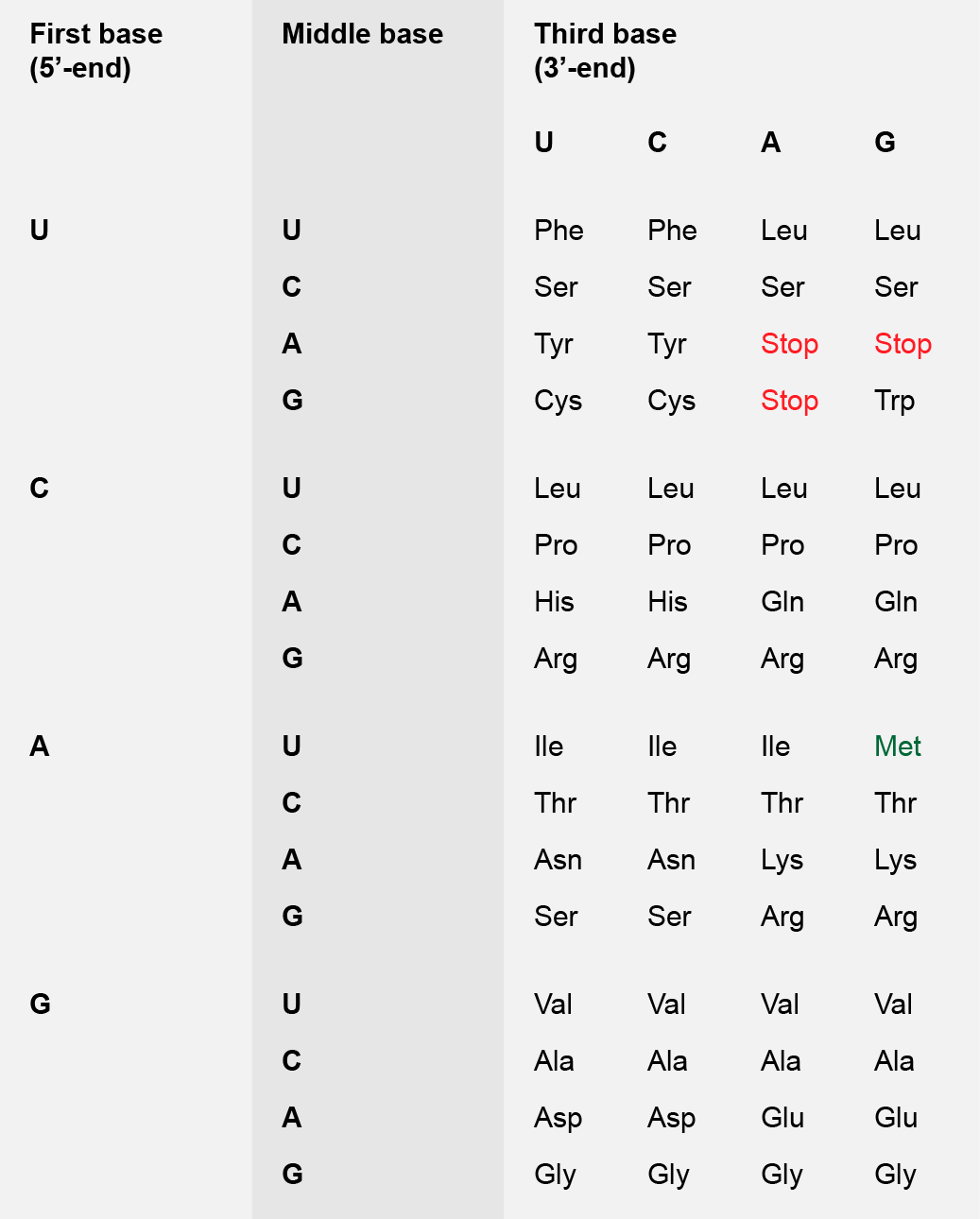
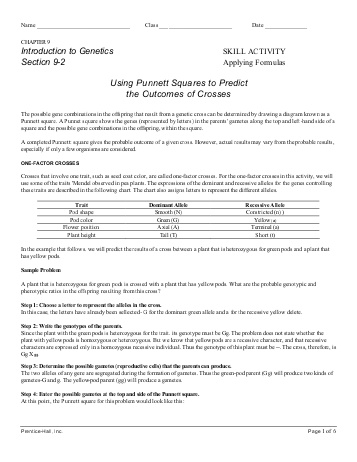
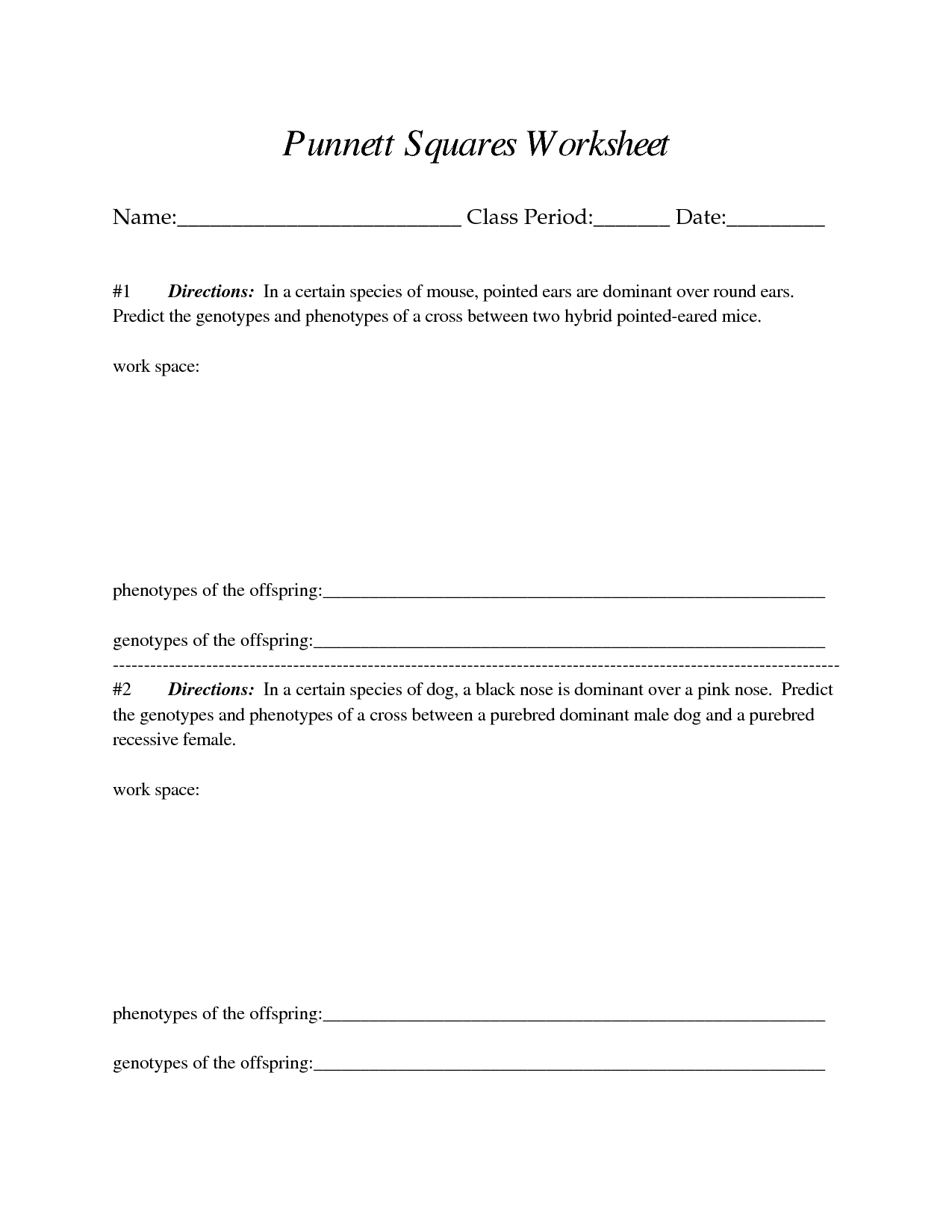
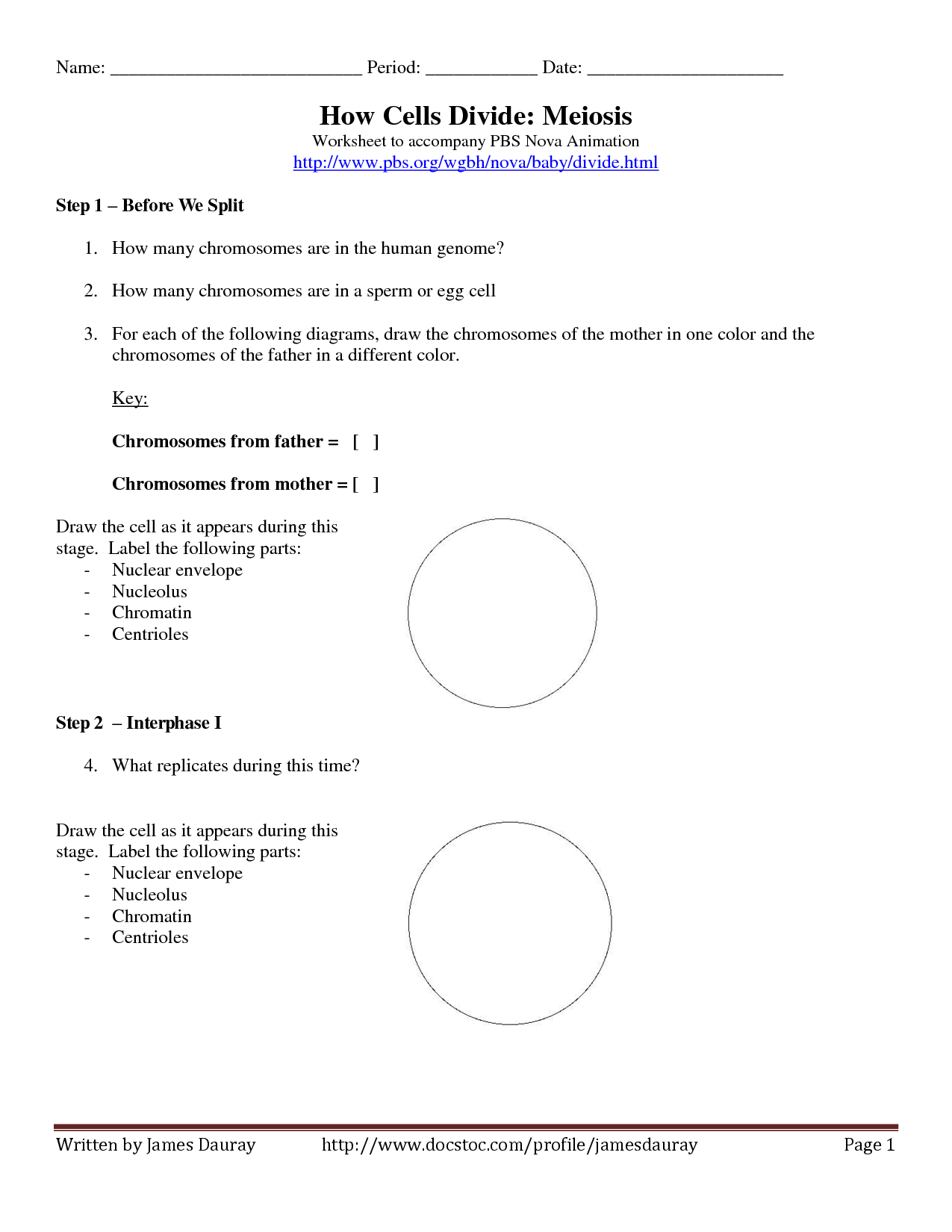
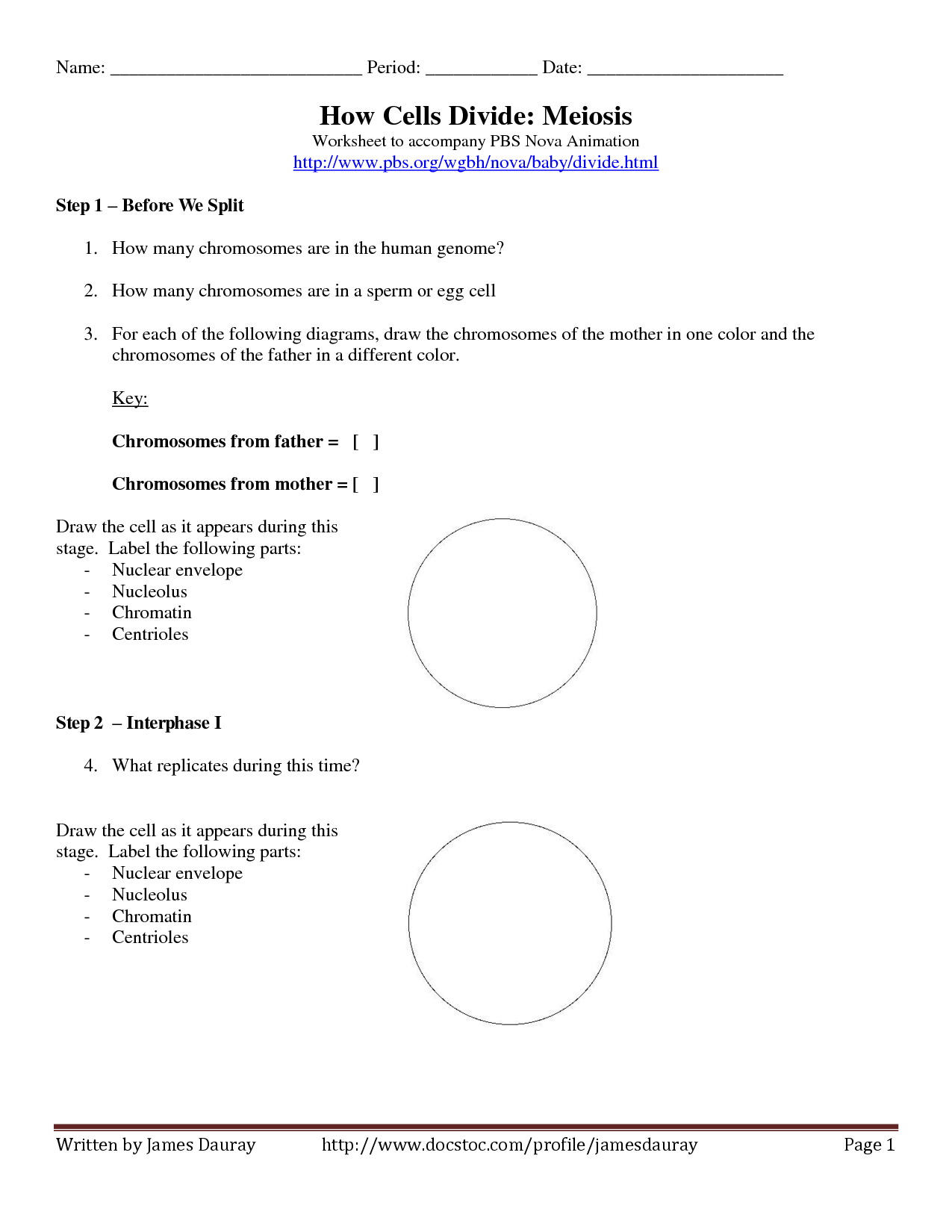
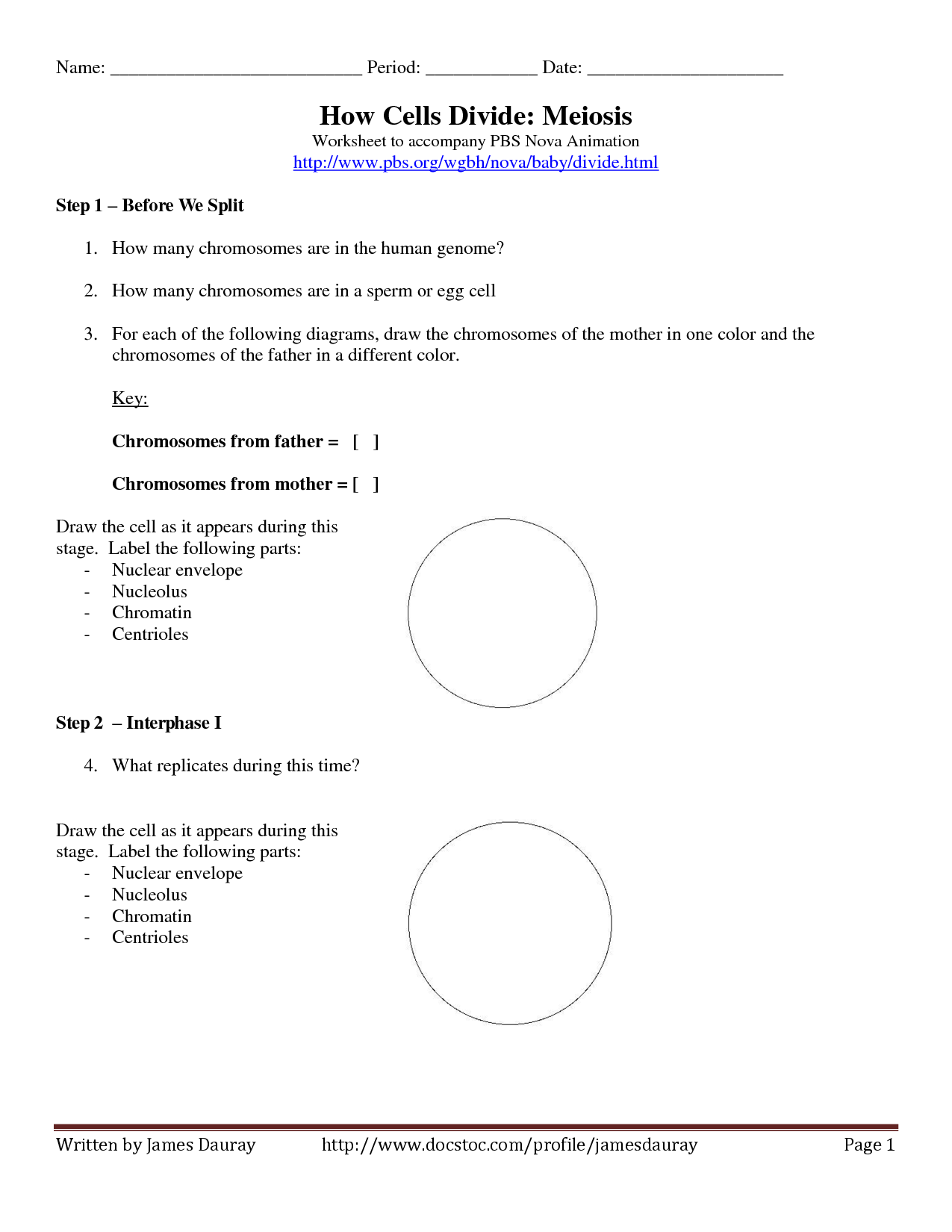
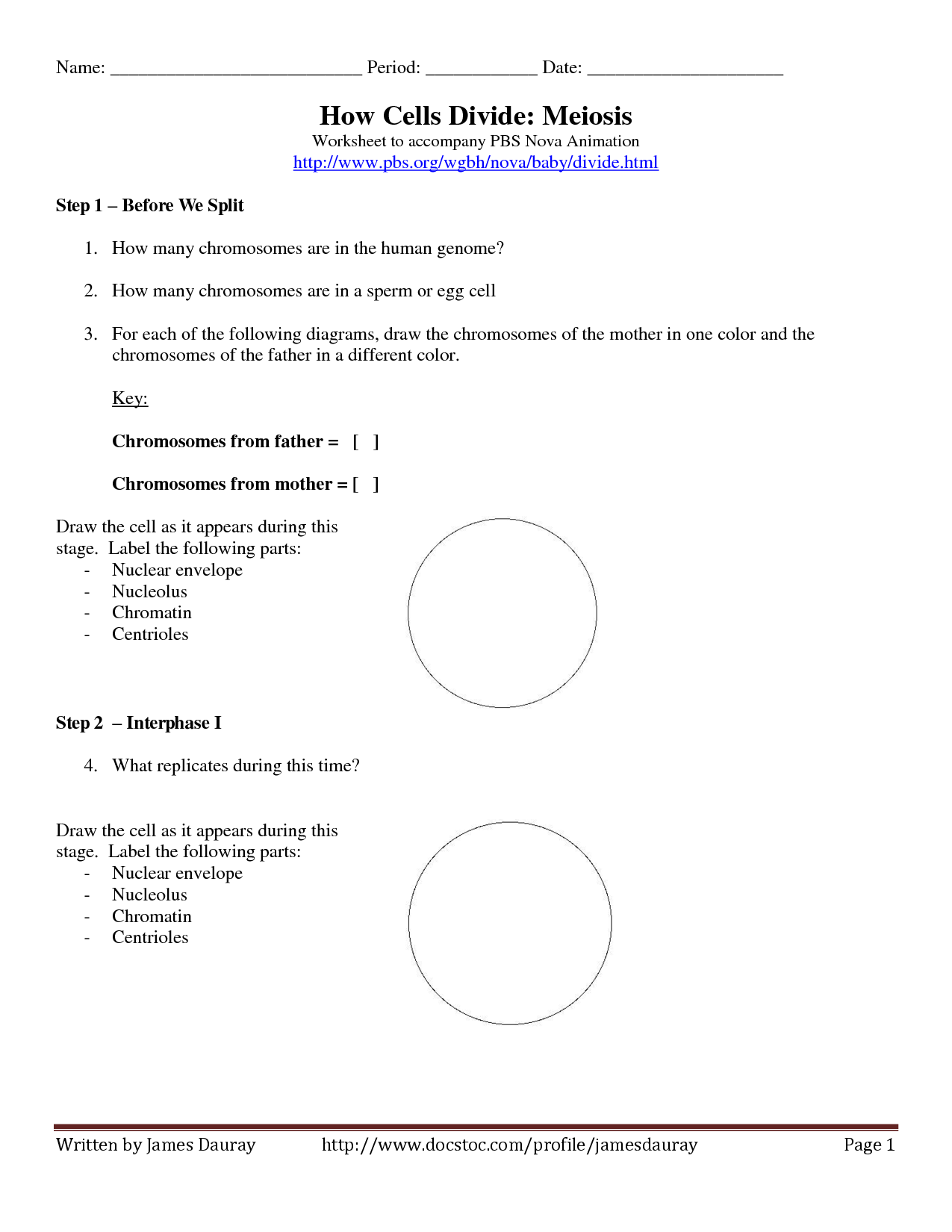















Comments